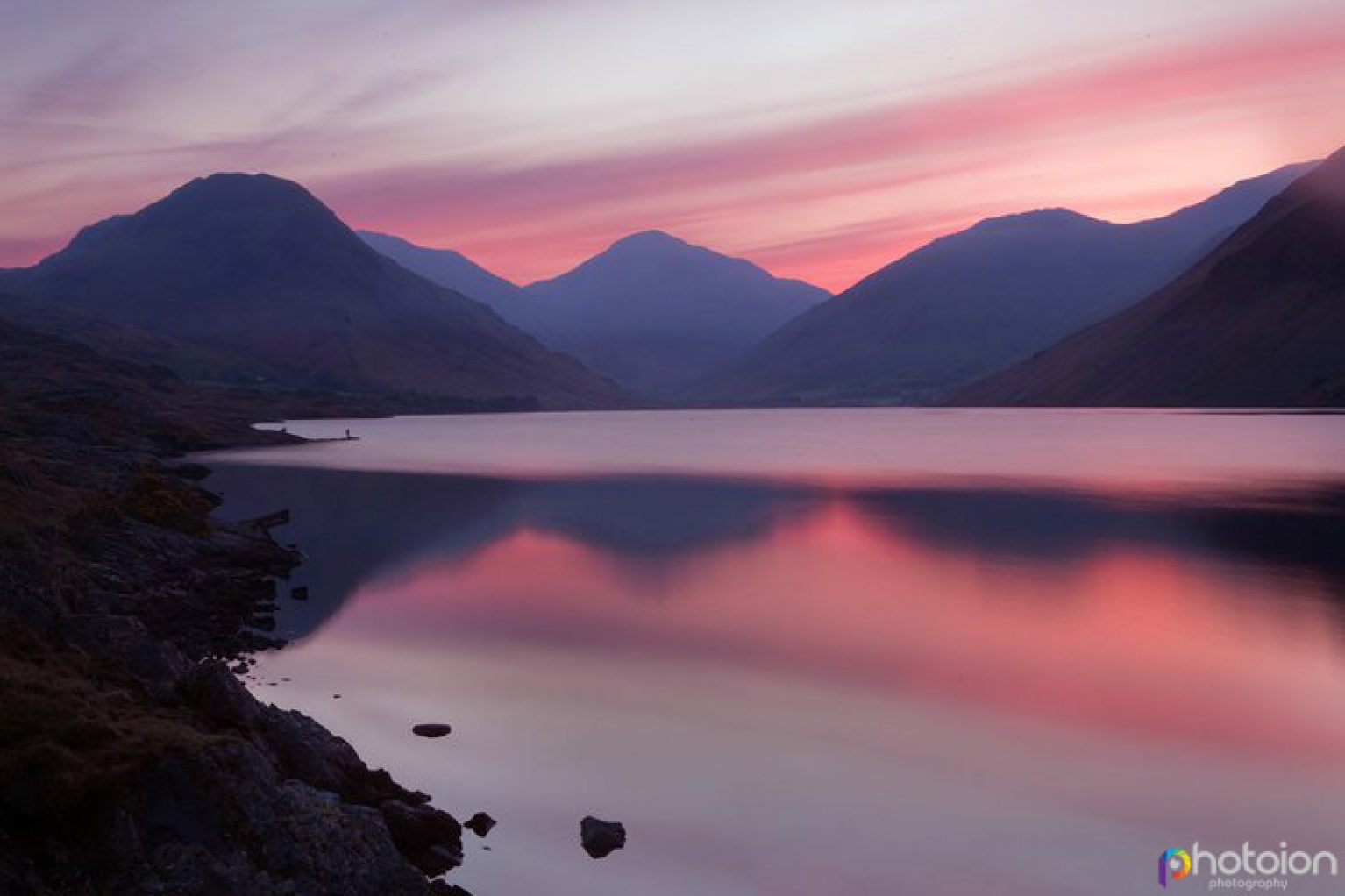20Shift: Your Daily Dose of Insight
Stay updated with the latest trends and news across various domains.
Chasing Clouds: The Secret Life of Landscape Photographers
Discover the hidden world of landscape photographers and their breathtaking journeys. Unveil the secrets behind chasing clouds and capturing magic!
The Art of Patience: How Landscape Photographers Wait for the Perfect Moment
The art of patience is one of the most critical skills that landscape photographers must cultivate. Unlike other forms of photography that may favor spontaneity and quick reflexes, landscape photography often requires the photographer to wait for the perfect moment when the light, weather, and scenery align. This could mean arriving at a location hours before sunrise or staying well after sunset, all in the pursuit of that breathtaking shot. Time management and an understanding of the natural landscape are essential, as the right conditions can change rapidly. Understanding elements like the golden hour and blue hour can further enhance the photographer's ability to capture stunning images.
Moreover, patience in landscape photography is not just about waiting, but also about observation and connection with nature. A skilled landscape photographer often spends time observing their surroundings, identifying unique angles, and foreseeing how the light will interact with the landscape as it transforms throughout the day. This practice not only refines their technical skills but also deepens their appreciation for the beauty of nature. Ultimately, the wait may seem long, but the reward of capturing a truly magnificent scene makes every moment of patience worthwhile.

Mastering Light: Understanding the Best Times for Landscape Photography
Mastering light is crucial for any landscape photographer, as the quality and direction of light can dramatically alter the mood and appearance of your photos. Understanding the best times for landscape photography involves considering the golden hour, which is the period shortly after sunrise and before sunset. During these times, the soft, warm light enhances colors and adds depth to your images. This effect is particularly pronounced in dramatic landscapes, where shadows and highlights create a rich tapestry of tones. Additionally, the colors of the sky during these hours can serve as a breathtaking backdrop, making it easier to capture stunning compositions.
In contrast to the golden hour, the blue hour, which occurs just before sunrise and after sunset, offers a different kind of enchantment. Understanding the best times for landscape photography means knowing that the cooler tones during this phase can produce striking results, especially when photographing urban landscapes or natural scenes framed by water. Furthermore, cloudy or overcast days can provide a unique opportunity, softening harsh shadows and allowing for even lighting—ideal for capturing intricate details in nature. By being mindful of these variations in light, photographers can significantly enhance the quality of their landscape photos.
Behind the Lens: What It Takes to Capture Stunning Landscapes
Behind the Lens: Capturing stunning landscapes requires a blend of creativity, patience, and technical skill. As photographers, we must understand the intricate elements of composition, lighting, and timing. To achieve the perfect shot, consider following these essential tips:
- Plan your shoot: Research locations, weather conditions, and the best times for natural light.
- Utilize the golden hour: The soft light during sunrise and sunset can dramatically enhance the beauty of your landscapes.
- Experiment with angles: A unique perspective can transform an ordinary scene into a breathtaking masterpiece.
In addition to technical skills, capturing stunning landscapes often requires developing an eye for detail. Pay attention to your surroundings and how elements interact within the frame. As you capture each scene, remember that every photograph tells a story. A great landscape image should evoke emotion, encouraging viewers to feel as though they are standing right there in the moment. Don't forget to be patient; sometimes, the perfect shot takes time to reveal itself. By embracing these practices, you can elevate your photography and create memorable landscapes that truly stand out.